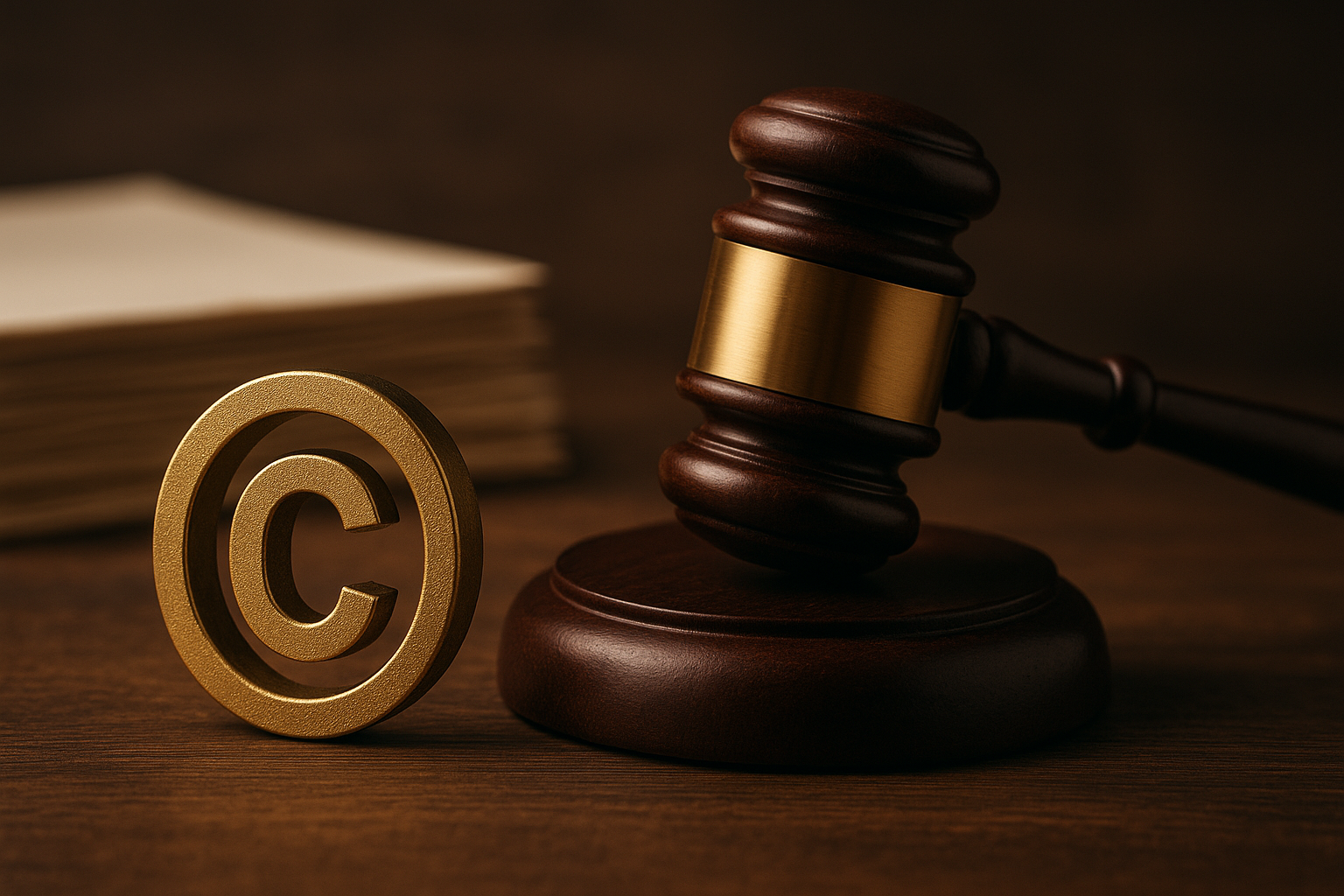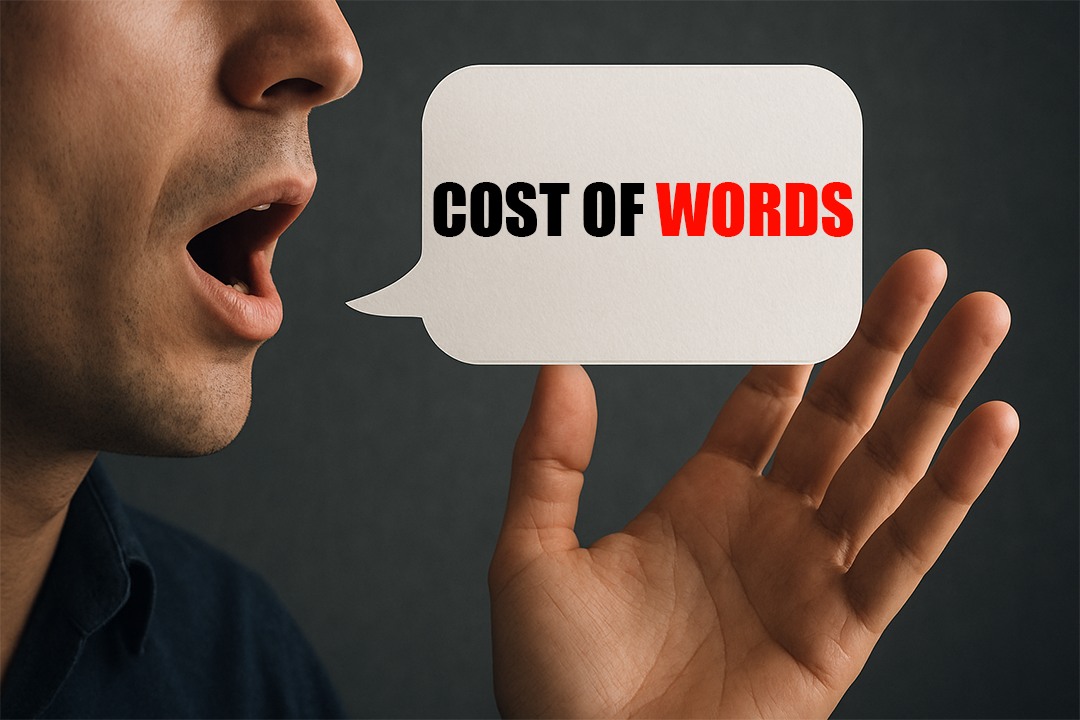
COPYRIGHT CONTROL IN QUESTION: THE LEGAL TUG-OF-WAR BETWEEN S.33 AND S.30
Introduction
In the evolving landscape of India’s creative economy, copyright law stands as both a shield for creators and a framework for fair use. However, within the Copyright Act, 1957, two sections Section 30 and Section 33 have stirred considerable debate about the nature and control of copyright licensing in India. While both aim to manage how rights are assigned or exercised, their overlapping jurisdictions often result in a legal tug-of-war.
This blog unpacks the tension between these two provisions, their interpretation in case law, and what it means for authors, copyright societies like IPRS and PPL, and India’s broader intellectual property ecosystem.
PROVISIONS
- Section 30 – Licensing by the Owner
Section 30 permits a copyright owner to license their work to others on an individual basis. This includes exclusive and non-exclusive licenses, and such a grant of rights does not require registration with the Copyright Office or a copyright society.
- Section 33 – Licensing by Copyright Societies
Section 33, however, regulates commercial licensing. It mandates that only registered copyright societies can “carry on the business of issuing or granting licenses” in certain types of works (e.g., musical, literary). It prohibits anyone else from conducting such business without the Registrar’s approval.
THE CORE CONFLICT
- Section 30 promotes autonomy of copyright owners.
- Section 33 restricts commercial licensing to registered societies to avoid misuse and ensure standardized royalty management.
But when does individual licensing cross the line into “carrying on the business” of licensing? That’s the gray area courts have had to interpret.
Landmark Case Laws: Interpretation of Section 30 vs. 33
- Phonographic Performance Ltd. v. Union of India & Ors.
- Court: Delhi High Court, 2011
- Facts: PPL challenged the Copyright Board’s decision to disallow it from continuing licensing activities under Section 33 after the Copyright (Amendment) Act, 2012.
- Held: The court emphasized that only registered societies can engage in the business of licensing. Entities like PPL must obtain approval as societies under the amended Section 33.However, individual rights holders are not restricted under Section 30, unless they carry on the “business” of licensing.
- Significance: Reinforced the difference between sporadic licensing (S.30) and commercial, repeated licensing (S.33).
2. Indian Performing Right Society Ltd. v. Sanjay Dalia & Ors.
- Court: Supreme Court, 2015
- Facts: IPRS filed multiple suits in different jurisdictions. The defendants argued that the suits were wrongly filed outside the location of the cause of action.
- Held: While the case was about territorial jurisdiction, the Supreme Court recognized IPRS’s role as a collective rights manager, hinting at the importance of regulation under Section 33.
- Significance: Though not directly about Section 30 vs. 33, it underscored the need for centralized, systematic licensing via societies for the sake of enforcement and transparency.
3.Tips Industries Ltd. v. Wynk Music Ltd.
- Court: Bombay High Court, 2019
- Facts: Wynk was streaming music without licensing from Tips, claiming statutory licenses under Section 31D. Tips sued for infringement.
- Held: The court upheld Tips’ exclusive rights under Section 30, rejecting Wynk’s broad interpretation of compulsory licenses.
- This case indirectly reinforced that rights holders retain significant control unless they assign those rights to a copyright society.
- Significance: Showed the courts’ respect for contractual autonomy and creator rights even in a regulated licensing environment.
Implications of the Legal Tug-of-War
- For Creators: Section 30 offers autonomy. But joining a society like IPRS or PPL could limit direct licensing under their membership terms.
- For Platforms & Businesses: Must carefully navigate licensing structures. Need clarity on whether direct licensing is valid or if society permission is mandatory.
- For Copyright Societies: Need to balance creator empowerment with market standardization. Risk being viewed as monopolistic if not transparent.
Legislative & Policy Recommendations
- Clarify “business of licensing” in Section 33.
- Define exceptions where individuals can license directly even if they belong to a society.
- Mandate more transparency and audit in society functioning (as the 2012 Amendment aimed to do).
- Educate creators on their rights and options under both sections.
Conclusion
The interplay of Section 30 and Section 33 is not merely a legal quirk—it shapes how India’s vast creative economy functions. While individual licensing empowers creators, collective societies provide structure and fairness. The current ambiguity often puts artists, labels, and platforms in a legal dilemma.
Judicial pronouncements like Phonographic Performance Ltd. v. UOI and Novex v. Trade Wings provide some guidance—but a legislative amendment or policy circular is essential to definitively resolve this tug-of-war.




Leave a Reply